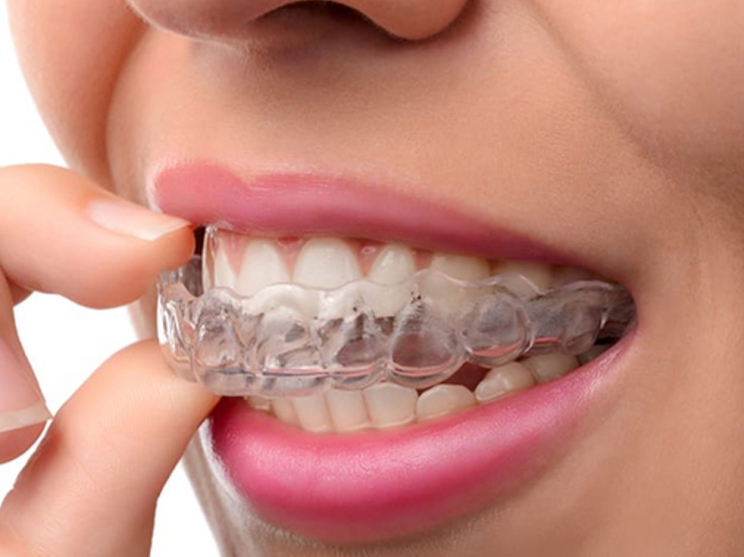
Two commercially available 3D-printable resins marketed as biocompatible for use in dental applications readily leach compounds into their surroundings, according to researchers at the Northwestern University Feinberg School of Medicine.
These compounds can induce severe toxicity in the oocyte, the immature precursor of the egg that can eventually be fertilized. The researchers said they made this discovery while validating the use of commercially available resins to print materials to culture reproductive cells.
“Our results are important because the demonstrate leachates from commonly used materials in 3D printing slated as biocompatible but may have adverse effects on reproductive health,” said Francesca Duncan, co-corresponding author and assistant professor of obstetrics and gynecology.
“These is a critical need to better understand the identity and biological impact of compounds that leach from these materials,” Duncan said.
While a few previous studies have investigated potential toxicities due to exposure to 3D printed materials, the researchers said, there have been no studies investigating the potential reproductive toxicities induced by these materials in mammalian models.
“Despite the revelations surrounding BPA almost 20 years ago, it is still rare that the potential impact new materials may have on reproductive health are rigorously and systemically studied despite their ubiquitous nature in our day-to-day lives,” Duncan said.
The clear tooth aligner market has become a multibillion-dollar business in recent years, Duncan said, with some companies using 3D printing techniques in manufacturing due to their ability to rapidly produce products.
The researchers characterized the leachates of the resins using mass spectroscopy and identified Tinuvin-292, a commercial light stabilizer commonly used in the production of plastic materials.
The results of this study potentially reach well beyond just 3D printing, Duncan said, because Tinuvin-292 is a common additive used in the production of many different types of plastic consumer products.
Even beyond dental applications, the researchers said, 3D printed materials are being used more often due to recent technological advances that make them easy to produce.
While the results of the study only provide evidence for egg toxicity of these materials in an in vitro setting, whether there are possible in vivo effects needs to be further examined, the researchers said.
This is especially the case for Dental LT resins, the researchers said, which are intended for making oral retainers that must stay in the mouth for long periods of time, leading to extended exposure in the body.
“The results demonstrate reproductive toxicity should be a priority when characterizing all materials humans may come into contact with either in a medical setting or in their day to day lives,” Duncan said.
Next, the researchers plan to investigate whether in vivo exposures to Dental SG and Dental LT resins have egg toxicity similar to what occurs in vitro, examine whether there are sex differences in reproductive toxicity in response to these resins, and examine human exposure levels to Tinuvin-292.
The study, “Dental Resins Used in 3D Printing Technologies Release Ovo-Toxic Leachates,” was published by Chemosphere.
Related Articles
Ink Enables 3D Printed “Bone” With Living Cells
3D Modeling Resin Designed for Accuracy, Detail, and Speed
3D Printing Solution Simplifies and Validates Workflow


